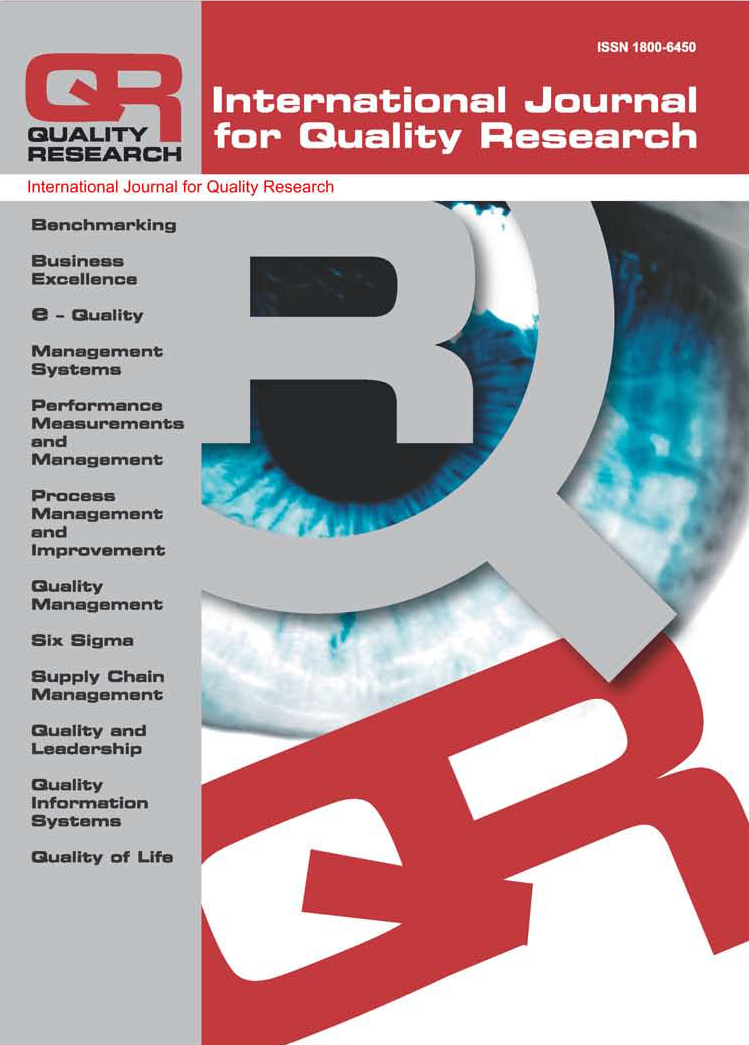PREDICTORS OF AVERAGE WAIT TIME AT AN INTERSECTION USING ARTIFICIAL NEURAL NETWORK
Wallner Martin,
Peráček Tomáš
Abstract: This paper reports the results of the studies on identifying the predictors of average wait times of vehicles at intersections. The strength and direction of the relationship of these predictors were gauged from the values and sign of the predictor. Simulated data obtained using a JavaScript algorithm were used. The variables tested for predictability included the traffic light time (seconds), traffic density per minute, number of input tracks (1 or 2), and number of output tacks (1 or 2). The program can then simulate the average wait time in seconds for an intersection (down, right, up, and left). The programme simulated the average wait times for the four directions of traffic flows at the intersection. These data were used in an artificial neural network algorithm. About 70% of the data were used for training and the remaining 30% were used for testing. The ANN model used is called a multi-layer perceptron (MLP). All the 4 models developed have one input layer, one hidden layer, and one output layer. The results indicated that density as the strongest predictor accounting for 100% importance among the variables tested. In some situations, traffic light times or the number of input or output tracks in some directions could also predict wait times to a lesser extent. Density was positively related to the wait times. These findings have been largely supported by the published literature when linked to traffic flow and travel times.
Keywords: Average Wait Times, Predictors, Traffic Intersection, Simulated Data, Artificial Neural Network, Traffic Density
DOI: 10.24874/IJQR17.03-15
Recieved: 11.03.2022 Accepted: 09.04.2023 UDC: 004.032.26
Reads: 1549 







